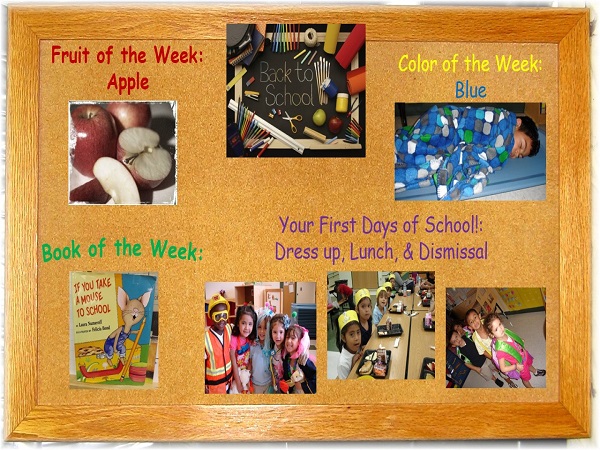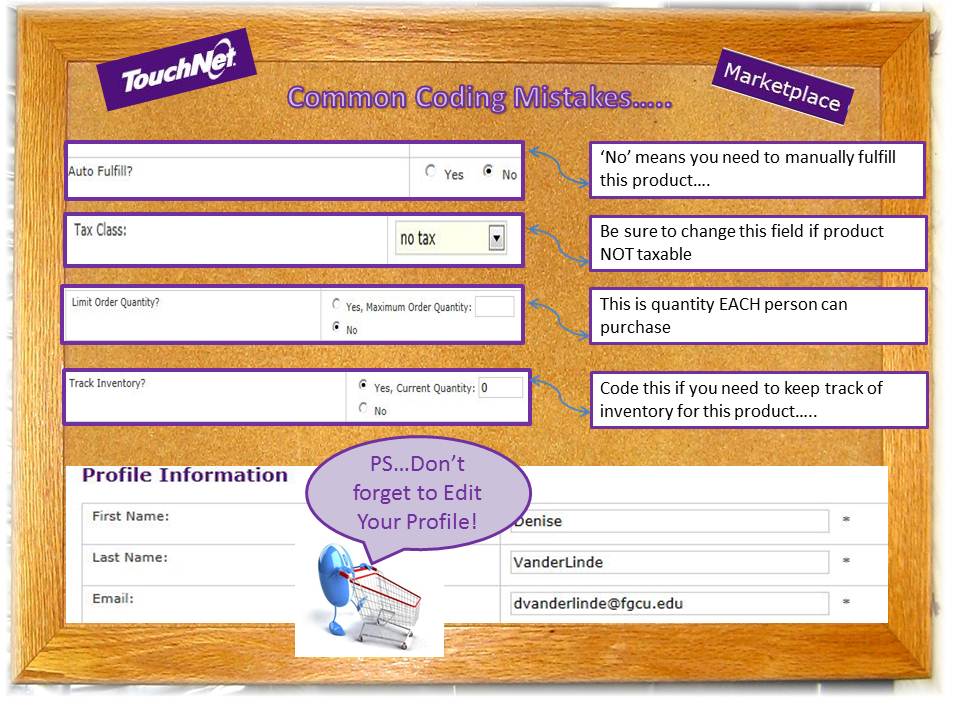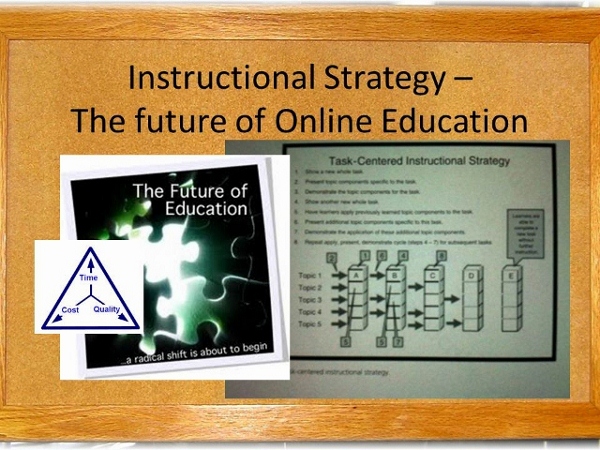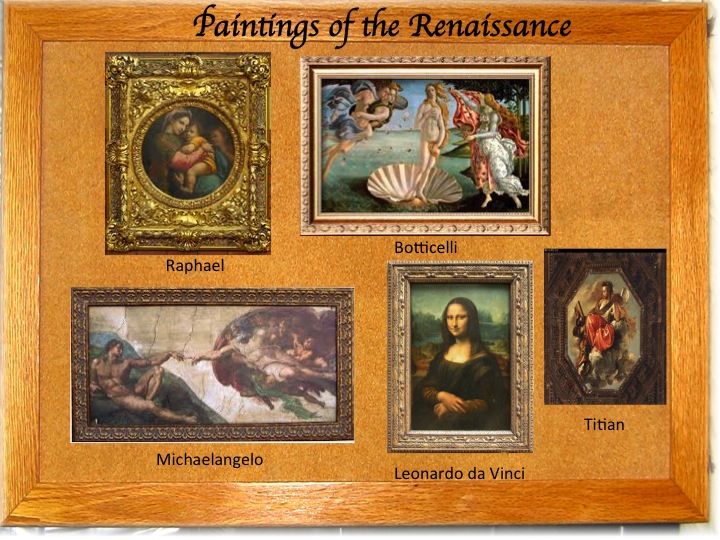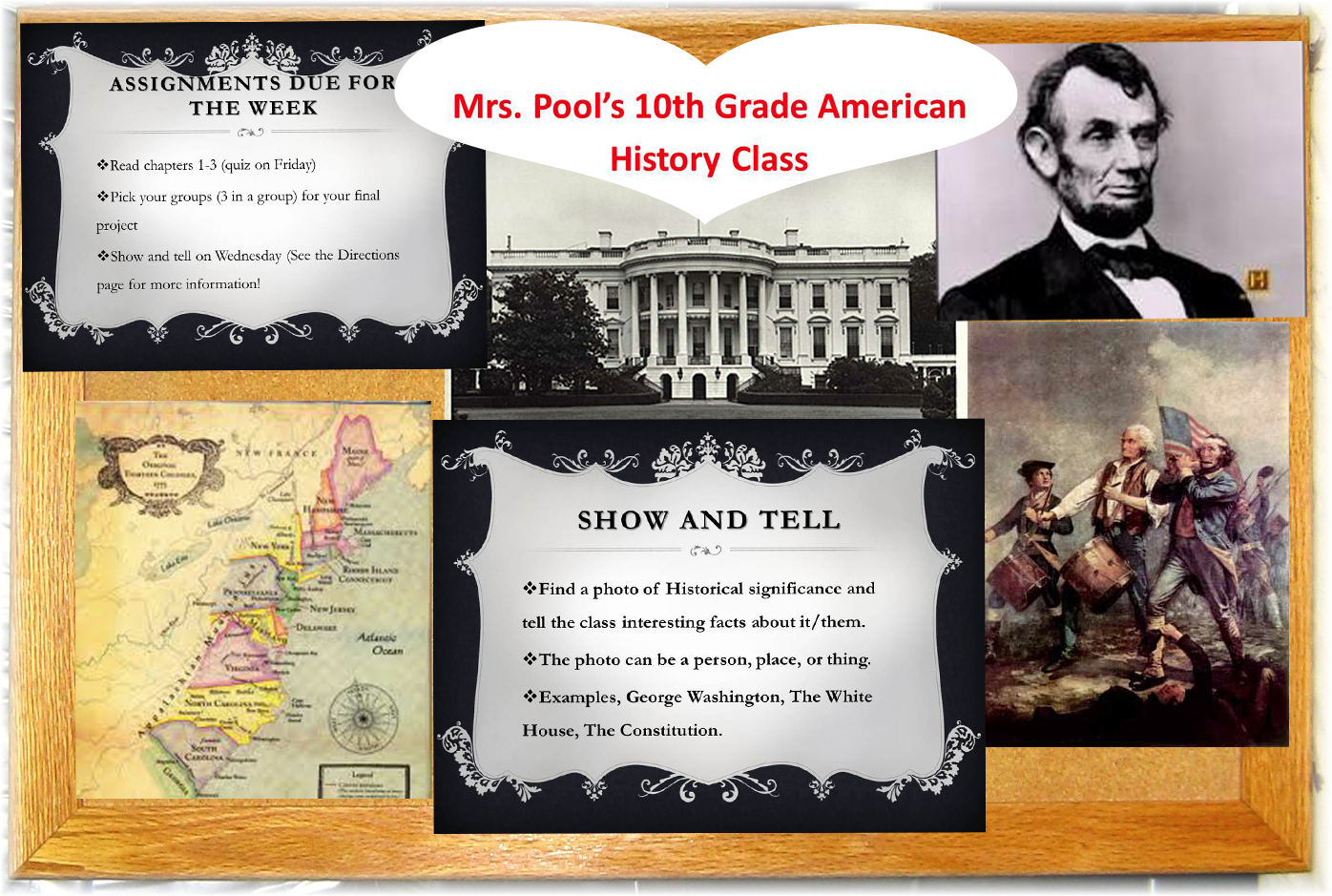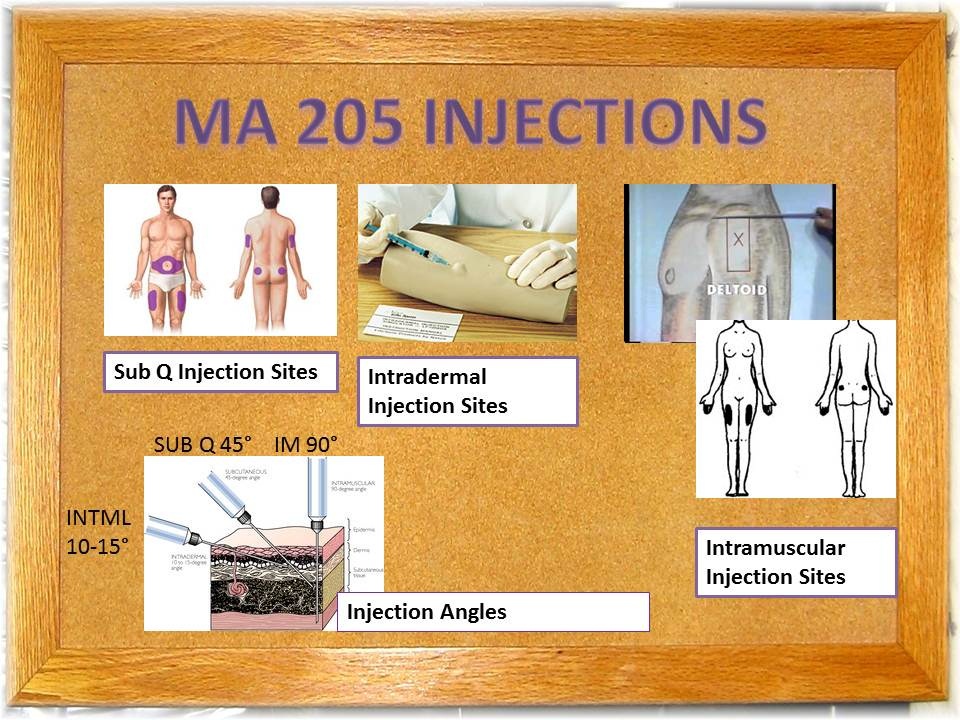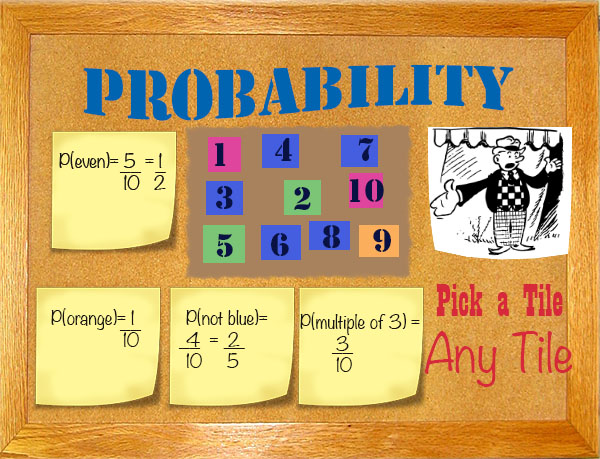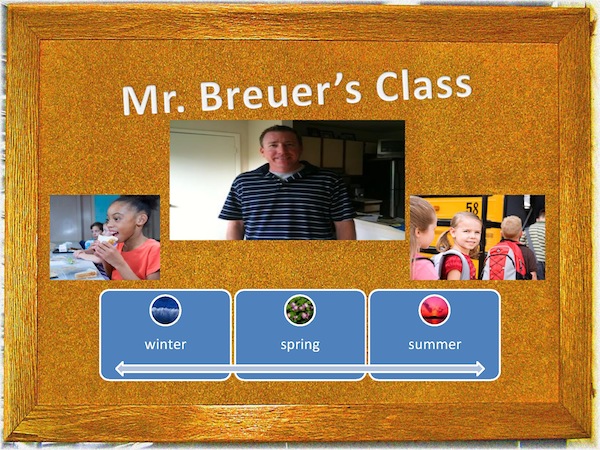Archive for the ‘Resources-6209’ Category
Previous T-Shirt Viewing Page
Tuesday, July 2nd, 2019Book Trailer Selection Resources
Thursday, June 27th, 2019
Book Trailer Choices
For the book trailer activity, we need to make a choice. You may pick one of your own or pick one from either of the lists below. If you pick one of your own, make sure it is based on fiction and it meets criteria for middle school or elementary reading (lexile) levels
=========================================================
Most of the books on the DBT site are those that come from a couple of teens reading lists. The two most popular ones are listed below. One of the reasons the site has been so popular (5-10,000 hits per month) is because we have been very lucky to choose the books that kids are interested in. For that reason, we would like for you to select from these two lists. Please click the link below the image to go to the list:
http://www.dogobooks.com/book_clubs/teens-top-reads
———————————————————————————————————————————————————————–
EME 6209 – Assembly Project Viewing {Summer 2017}
Wednesday, July 5th, 2017EME 6209 – Change Story Viewing – Summer 2017
Thursday, June 29th, 2017Example of a Good Posting
Monday, May 8th, 2017Example of a Good Refection: This post would receive an (A) grade.
The assignment (from another course) was to reflection on a set of readings that delved into the concept of motivation theory and how it feeds into learning and designing a set of instruction:
My first ah-ha moments came in the first few paragraphs I read about motivation. The simple definition covers most of the basics of motivation. Before reading this I would have said that motivation is something that causes a person to act. This definition more specifically defined it as a need, want, interest, or desire that propels someone in a certain direction. I like the use of the word propel. It seems more forceful than just cause and effect or moving in a direction. It implies there is some urgency or impetus behind it. The inclusion of the words need, want, interest or desire reminds us that motivation comes in many forms. And what about the question: “Are humans the only type of living organism that can have motivation?” Was that a trick question? The definition used the word organism. I was also impressed by all the motivation theories listed here. I have read about and understand the instinct, drive, and incentive theories of motivation. I truly believe the sociobiology “survival of the fittest” theory applies more to animals than humans. Maslow’s need hierarchy seems to be a reasonable condition for motivation, but it doesn’t really explain motivation. I’m not sure why it’s included in this section. Motivation is definitely a necessary but insufficient condition for learning. The ARCS model is defined slightly differently in different places. Attention and relevance seem consistent. The CS are either challenge/success or confidence/satisfaction. These ideas are very similar but not quite the same.
I’m a little disappointed that my pet motivation theory was not listed here. I researched this one for a previous class and found it quite meaningful to me. It is attributed to Feather and states that motivation is equal to expectancy x value. This is multiplication, not addition. This means that both expectancy and value must be present for motivation to be present. I always try to keep these two ideas in mind when planning any type of instruction. The learner must see some value in the instruction or there will be no motivation. I always try to include something in my introduction about WHY we are studying this. The learner must also expect to succeed in the learning. This is a tougher one to accomplish, but I feel it involves creating a safe and inviting atmosphere, explicitly telling students what they need to do to succeed, choosing appropriate difficulty level of material, and holding high but realistic expectations for your students.
EME 6209 – Course Introduction
Wednesday, April 5th, 2017Below is a short introduction to help you get acquainted with the work flow of this course. The second part is an introductory video in which I introduce my ideas on story, cognition and learning. It is a presentation I have been doing for over a year now and is actually the premise for the Digital Narrative & Cognition Course that is offered each summer.
Let’s review some things to help you become familiar with what we are about to be doing
- This course is organized into lesson cycles consisting of one to three weeks. This should be enough time for you to successfully complete each assignment that shows up each cycle. The first cycle is dedicated to providing the opportunity to look over the course. It is six days because of the financial aid requirement.
- This brings up another point: While most of the content for each of the learning cycles are set, this does not mean we won’t be introducing new things as we go long. I expect you to log onto Canvas regularly… two to three times each week. Do not lose sight of the fact that you should be spending approximately six to nine hours a week outside the class. The duration of each log-in depends on the nature of the task. For example, after a log-in, you might only need to check the course announcements and emails and would be spending a total of 5 minutes online. Or, after a log-in, you might work extensively on various course assignments and spend 50 minutes at that time. Student log-ins are recorded by Canvas and will be verified. The bulk of the time will be spent learning what is needed to do the mini projects. Much of this will be in the form of following the tutorials that I have found or ones that you find on your own. There will be a deliverable assigned that will be announced at the beginning of each learning cycle.
- Many folks have begun to think they can complete the tasks for this course using phones and/or tablets. For checking up on the announcements etc, this is ok. But note that using of an external site for course content MAY cause you some navigation issues.Also note that sometimes the video formats for links in the lessons is Flash. Because Safari intentionally omits support for most everything Adobe you MAY not be able to view the videos using Safari Web browser. If you want to use your iPhone or iPad, the you will need to download Chrome to view the flash videos.
- Since this is an graduate-level production course, there are no exams etc. There may be, however, ungraded self-check quizzes. Completion points for these check-ups are awarded based on your confirming participation or by my review your reflections. All graded activities are based on specific deliverable based activities, reflections, and your final project.
- Feel free to Post any questions you have, comments you would like to make, or anything else directly related or not to the content of the course on the Pajamas Cafe forum located under the Discussions tab. Hopefully, your fellow classmates will respond to you in a timely manner.
- There is no required text for this course. We do suggest recommended texts for the Adobe products as they can serve as tutorials. You also can find plenty of opportunities to get tutorials online . We do require that you spend a little on Photoshop, and perhaps a video editor. Adobe has a student package that is very reasonable. For the videos Wondershare Filmora is very cheap.
- Last, take a look at this video that helps set the table about on story and learning:
Easy Uploader
Monday, June 15th, 2015[advanced_ftp_upload]
Tee Shirt Exemplars
Friday, August 1st, 2014Bulletin Board Exemplars
Friday, August 1st, 2014Self Plays.. wait 5 seconds











